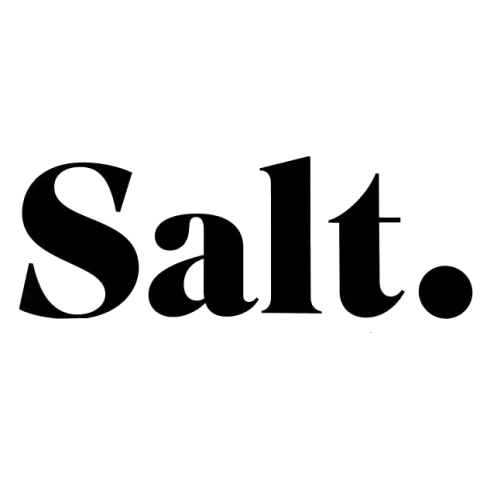Salt Mobile SA, often stylised as Salt., is a telecommunications provider based in Switzerland. The company has a focus on mobile telephony and fiber-optic land-line services. It was initially founded as the Swiss subsidiary of Orange S.A., a multinational telecommunications corporation. In 2012, Salt was sold to Apax Partners, a British investment company. The company continued to operate under the Orange brand until 2015. At this point, it was sold to NJJ Capital, an investment firm owned by Xavier Niel, and subsequently rebranded as Salt.
Salt operates in Liechtenstein under the 7acht brand.

3G Network
The company, then Orange Switzerland, began providing 3G UMTS services over B1 (2100 MHz) in April 2007. The 3G network was upgraded to DC-HSPA+ in November 2011, with B8 (900 MHz) added around the same period.
3G Frequency Bands
| Network Frequency Band | Status |
|---|---|
|
Active
|
|
|
Active
|
3G Network Events
| Date | Event | Subtype |
|---|---|---|
|
|
Launch of 3G Network
|
Launch
|
4G Network
4G LTE was launched in May 2013 over the B3 (1800 MHz) band, with B7 (2600 MHz) added in November that year. The company began adding B20 (800 MHz) in May 2014, and later following a refarm of 3G spectrum added B1 (2100 MHz) in January 2019. Peak data rates of 300 Mbps are achieved using 2C aggregation of B3+B7.
After acquiring additional spectrum in February 2019, Salt intends on increasing peak downlink data rates to the 1 Gbps mark using multi carrier aggregation.
4G Frequency Bands
| Network Frequency Band | Max. Channel Bandwidth | Status |
|---|---|---|
|
10
|
Active
|
|
|
20
|
Active
|
|
|
20
|
Active
|
|
|
10
|
Active
|
|
|
10
|
Active
|
4G Network Events
| Date | Event | Subtype |
|---|---|---|
|
|
Launch of 4G Network
|
Launch
|
5G Network
In January 2018 Salt and Nokia demonstrated 5G technology in Salt’s headquarters in Renens using a temporary license obtained from the OFCOM. The test achieved 4.5 Gbps over the 3.5 GHz band using 8T8R equipment.
Salt announced its intentions to use its 700 MHz and 3.5 GHz network to implement a dual-band 5G network comprising n28 (700 MHz) and n78 (3500 MHz) using 10 and 80 MHz channels respectively. The network was constructed in partnership with Nokia.
The network was officially launched in January 2021 using 80 MHz of n78 (3500 MHz) spectrum.
5G Frequency Bands
| Network Frequency Band | Max. Channel Bandwidth | Status |
|---|---|---|
|
80
|
Active
|
5G Network Events
| Date | Event | Subtype |
|---|---|---|
|
|
Launch of 5G Network
|
Launch
|